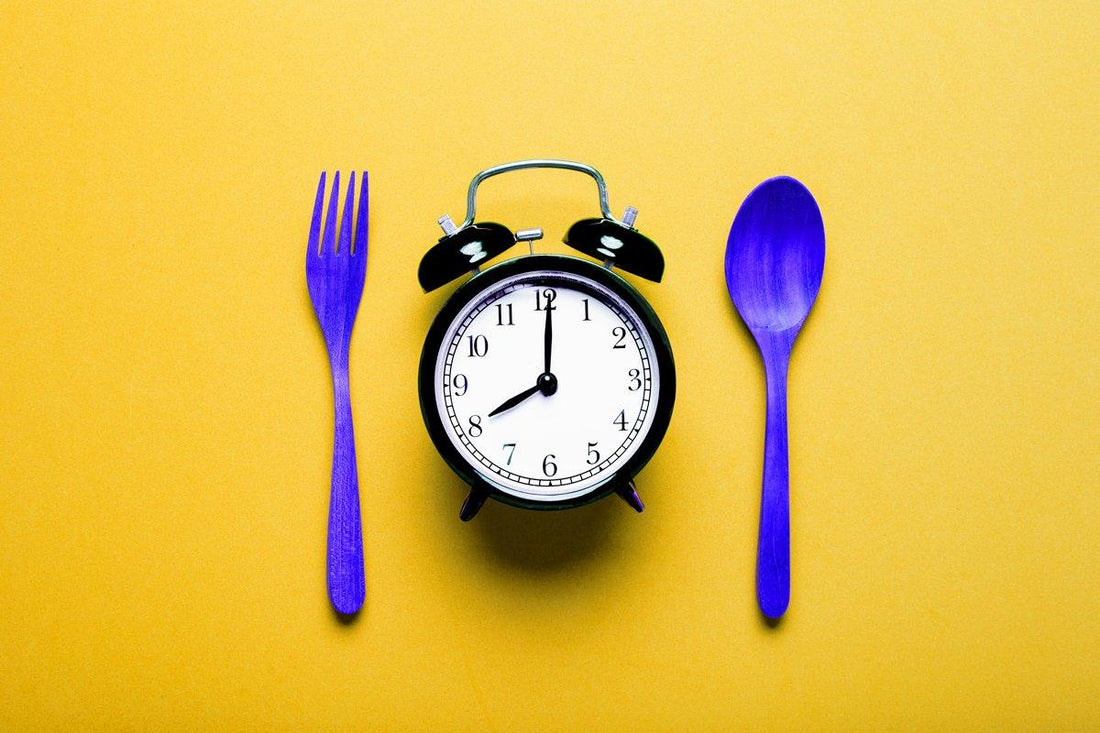

Everything You Should Know About Intermittent Fasting
Table of Contents
Are you a serial snacker, cabinet grazer, or overeater? Without structure, erratic eating habits are nearly impossible to break. Intermittent fasting is a great way to kickstart fat loss, decrease risk of disease, and improve your overall health.
By Abby Cronin
What is Fasting?
Fasting is the practice of restricting calories for a period of time. There are two types of intermittent fasting: Time Restricted Feeding and Whole Day Fasting. Time restricted feeding means you eat all your meals within a certain time frame. Whole day fasting is just what it sounds like- fasting for the entire day.
How it Benefits You Now (And Later)
Intermittent fasting has both short and long term effects. In the short term of a fast, your body switches from burning glucose to burning fat for energy. This means you lose weight effortlessly. You may notice you feel more satisfied with your meals, have more energy, and even think more clearly.
Long term, intermittent fasting has a huge impact on your hormones. Studies have shown that intermittent fasting can reduce insulin sensitivity. This means you have a lower risk for developing Type II diabetes and kidney problems. Studies have shown that fasting can decrease your risk of heart disease as well.
Additionally, intermittent fasting is great for your brain. Scientists say it can reduce your risk of Alzheimer’s Disease and other cognitive problems. There have even been studies suggesting those who fast have a longer lifespan compared to those who don’t.
How Do I Do It?
Intermittent fasting plans include a specific window of time where all meals are eaten. For a 12 hour fast your schedule would look like this:
10am: Breakfast
2pm: Lunch
5pm: Snack
8pm: Dinner
9:30 – 10pm: Optional Snack
10pm – 10am: Fast/Sleep
Among the many benefits of intermittent fasting is that it is free, all you need to do is plan. So get on the fast track and give intermittent fasting a try!

















